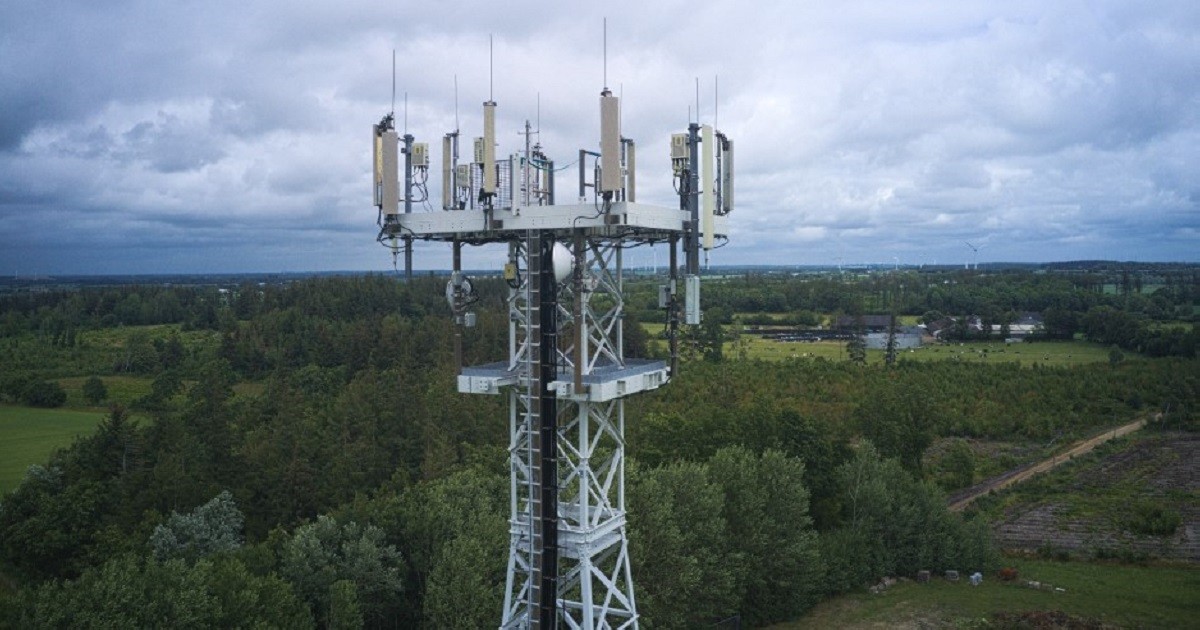No evidence 5G can cause memory loss, nosebleeds or irregular heartbeat

A post on Facebook claims that symptoms such as nosebleeds, an irregular heartbeat and memory loss “can be caused by exposure to wireless radiation”—specifically 5G.
The main text of the post says: “With a little education people are beginning to connect the dots as to why they or their children don’t sleep well anymore, why they have skin rashes/tingling, headaches, nosebleeds, ringing in the ears, irregular heartbeats, fatigue, brain fog, memory loss, anxiety, depression, behaviour issues, etc – all can be caused by exposure to wireless radiation. Many are thrilled to discover their health issues disappear or go way down when they choose to reduce wireless radiation exposures. But we CANNOT turn off a 5G cell tower.”
The post adds: “5G… coming soon to a street lamp near you.” The post doesn’t explain what this is in reference to, but in 2021 a government trial was announced to explore ways in which mobile network operators could use lamp posts, bus shelters and other existing street furniture in order to increase the speed of the 5G rollout.
As we have written many times before, there is no evidence that 5G technology is harmful to human health. Health misinformation can cause direct damage to people’s physical or psychological health.
No evidence 5G is harmful to human health
Just as with previous versions of the technology—2G, 3G and 4G—5G uses radio waves to transmit mobile data. Other commonly-used types of technology such as smart meters and TVs also use radio waves.
Radio waves are located at the lower end of the electromagnetic spectrum. They only produce non-ionising radiation, meaning they cannot damage the DNA inside cells in the way that higher-frequency rays such as x-rays and ultraviolet light can.
5G does use a higher frequency than 2G, 3G and 4G, but levels remain very low in the context of electromagnetic radiation as a whole. When Ofcom measured the levels of electromagnetic radiation near 5G masts in 2020 they found they were around 1.5% of the safety limits set in international guidelines.
The UK Health Security Agency (UKHSA) has previously said: “It is possible that there may be a small increase in overall exposure to radio waves when 5G is added to an existing network or in a new area. However, the overall exposure is expected to remain low relative to guidelines and, as such, there should be no consequences for public health.”
Image courtesy of Fabian Horst


